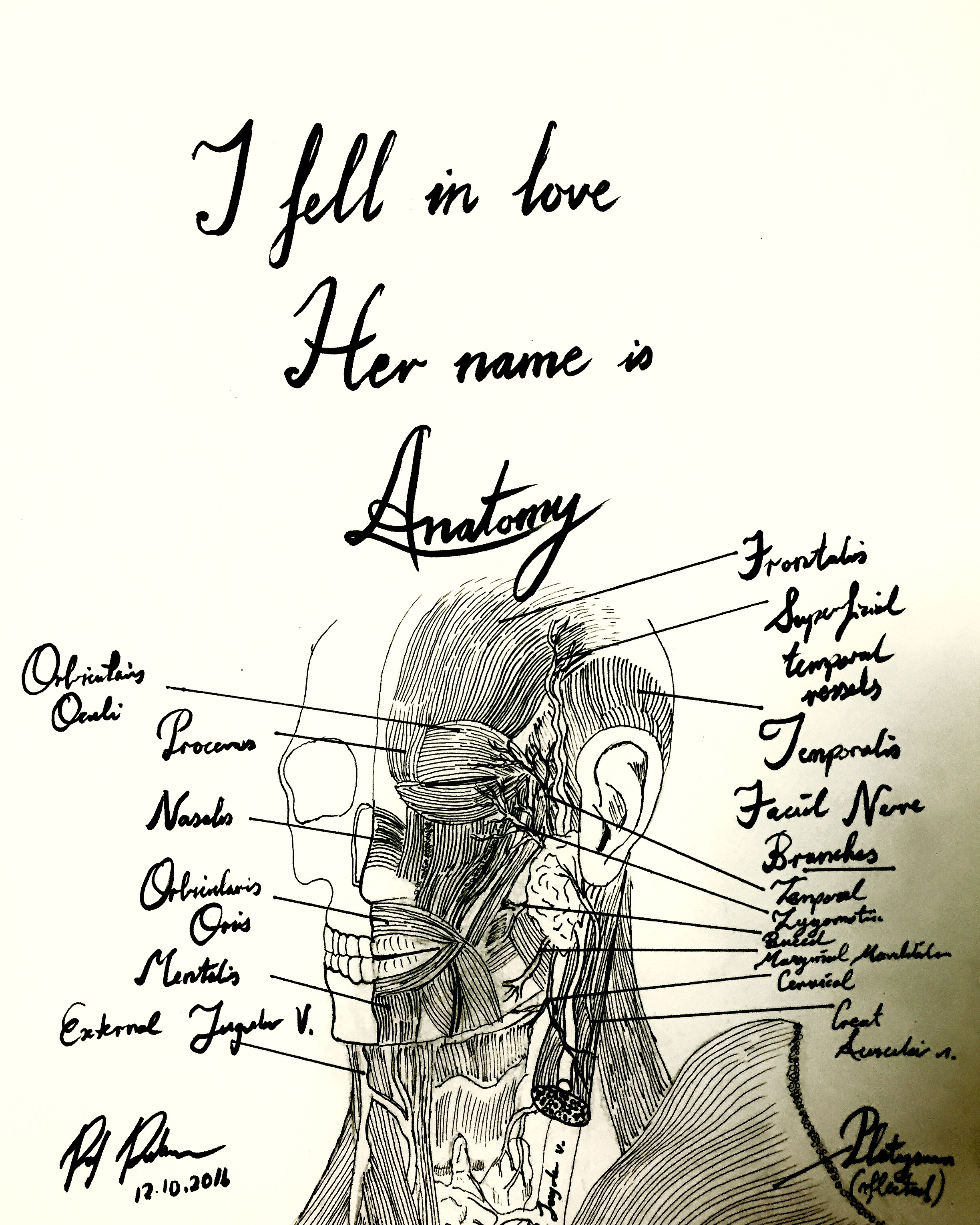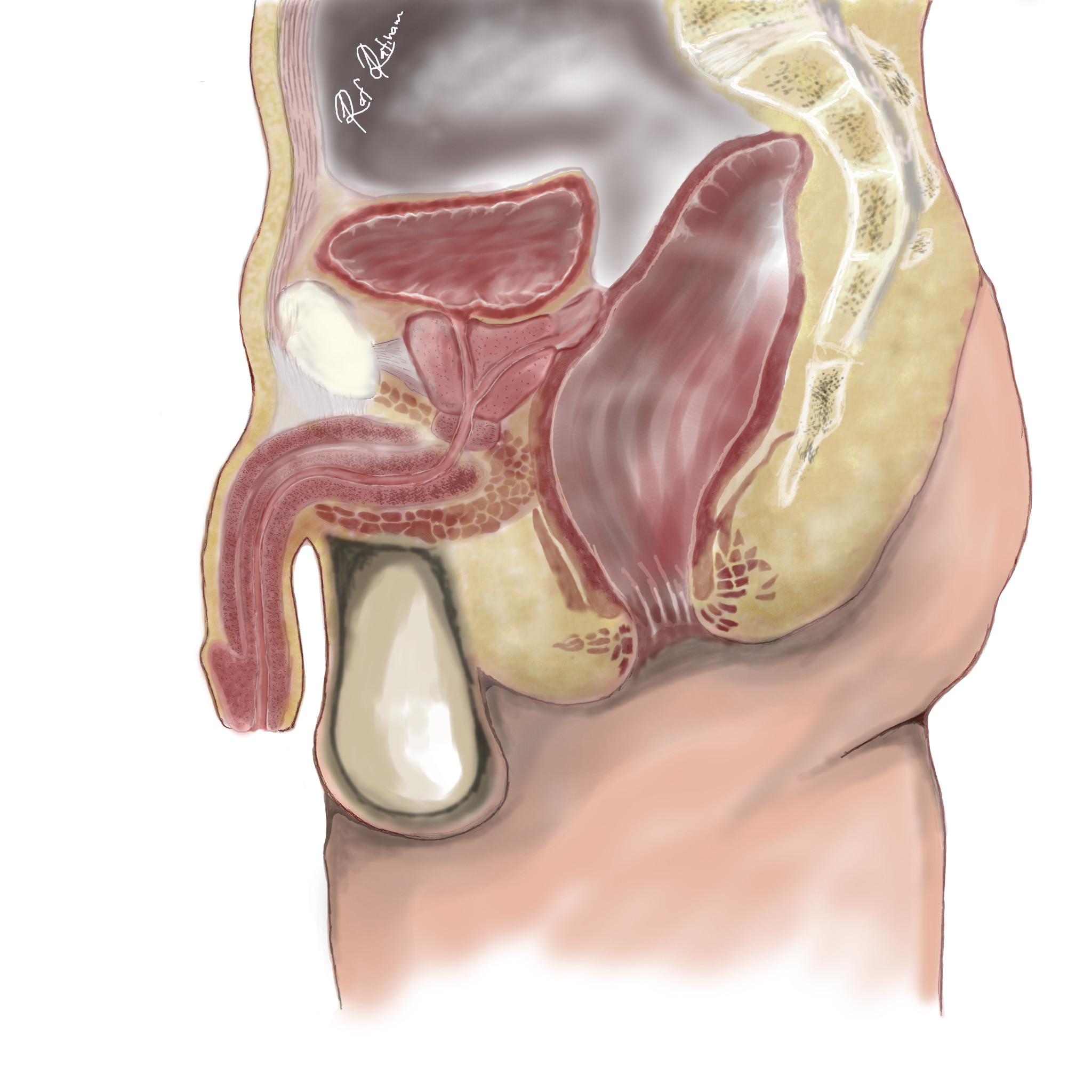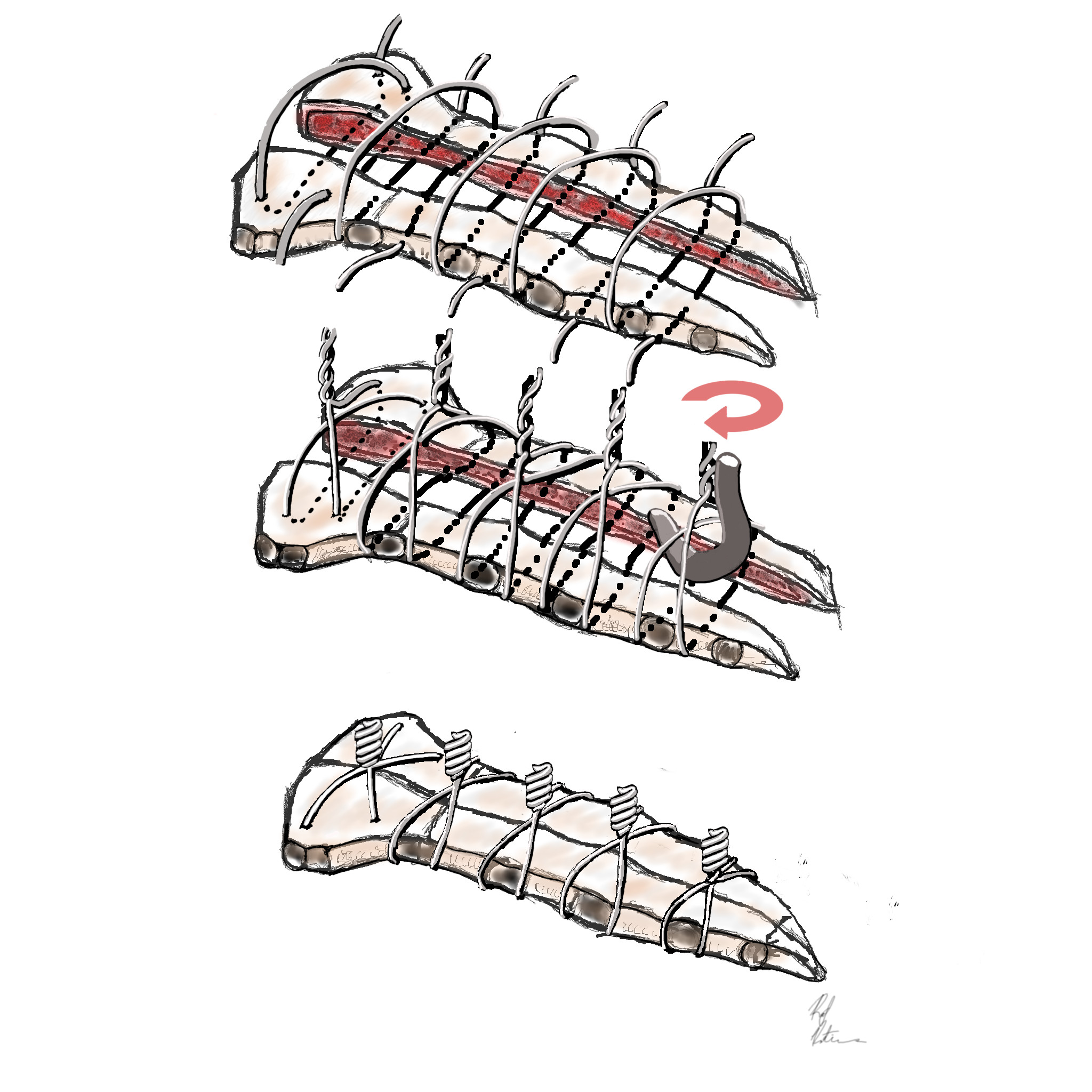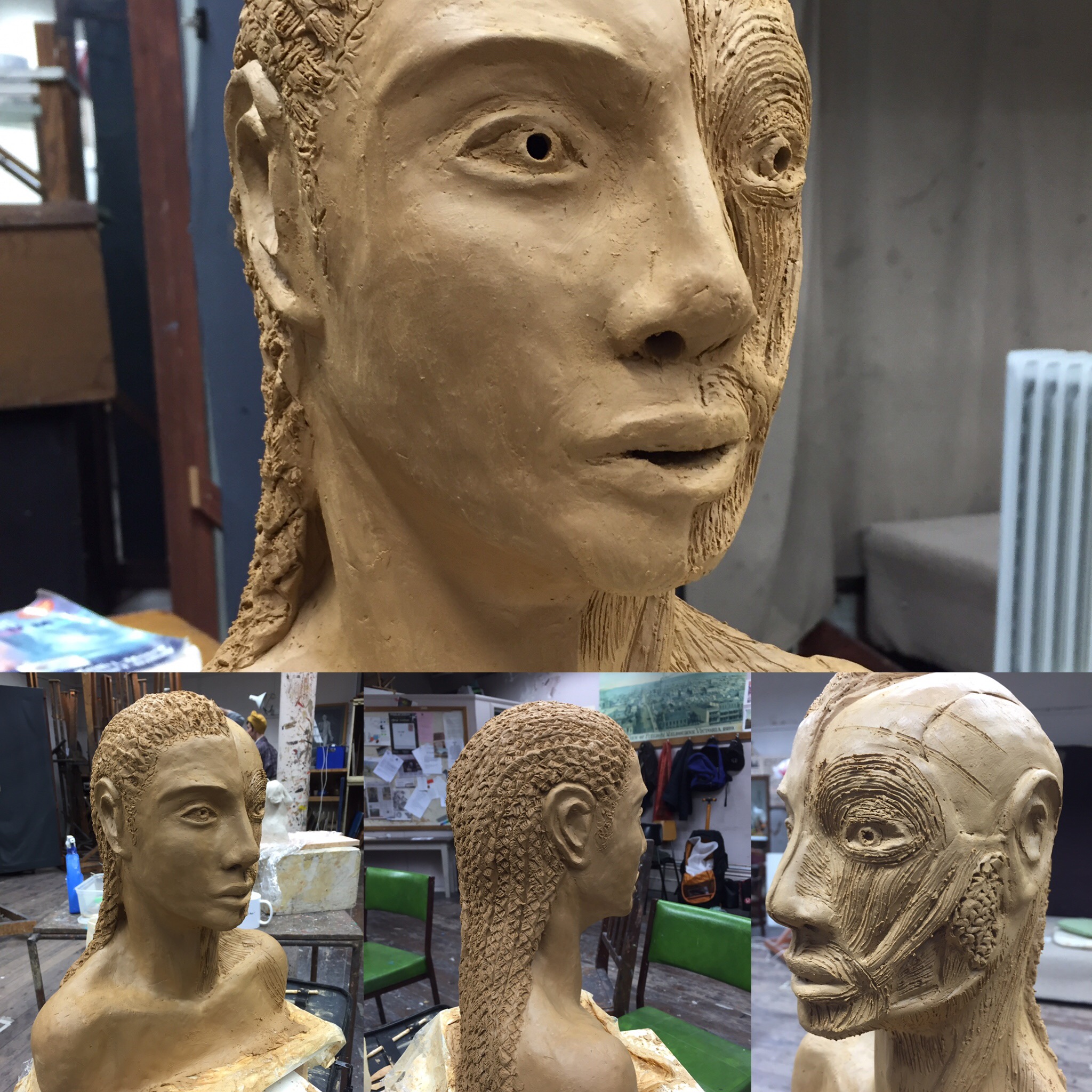Oscar Wilde believed “Life imitates art far more than art imitates life.” Upon viewing the accompanying video animation of the anatomical relationships of Pectoralis Major and Minor created by Dr. Raf Ratinam, I became truly inspired.
Inspired to write an article, even two. Inspired by the mastery of the complexity of the human form—and, an artist’s understanding of it. Inspired to explore the possibilities of the endless meaningful and powerful ways to impact my chosen field of medicine. Ways that involve navigating traditional and outside-of-the-box realms. All carrying the potential to change the world.
So, I will let you be the judge of whether life influenced art or art influenced life. Isn’t that the purpose of such endeavors anyway? To question. To propel. To push the envelope and advance thought. To spark innovation.


Anatomy is complex. Its intricate labyrinth is the source of our capacity to grasp and turn a door knob. Walk down the street. Carry on conversation. Compete in escalating physical and intellectual endeavors. Each well-positioned nerve, vessel and organ permits our ability to function and thrive.
Comprehension of 3D planes and a firm grasp of spatial relations is requisite to depicting it let alone performing advanced surgeries. But, those surgeons start somewhere and it isn’t the operating room. Books and simulations and ever-advancing technologies are speedily disrupting the field whether it be in medical education or biomedical engineering, to name a few. The future is bright and without limitation.
As you can tell, my outlook was expanded and energized by this artist’s work. So, I reached out to him via social media to learn more about his path and plans. Dr. Ratinam was working as an animator (or artist) with the goal of getting a job at a company like Pixar (he loves Toy Story, Monsters Inc. and The Incredibles). Then, he was offered a place in Graduate Medicine at the University of Melbourne, obtaining his medical degree in 2009. After graduating, he became a surgical resident at Monash Health in Victoria, Australia. Now, he is pursuing his PhD in 3D Printing/Anatomy at The Centre for Human Anatomy Education —Faculty of Medicine, Monash University.
According to Dr. Ratinam, his current academic focus “looks at the potential uses of three-dimensional printing in surgery and surgical (simulation) training. We are looking at 3-D printing technology and seeing if it can be potentially altered to better suit its use in anatomy and surgical teaching.” Through the Anatomy and Developmental Biology Department, he is assessing the usefulness of such technology in hand surgery. Formally trained in 2-D and 3-D computer animation, he works “on a casual basis as a surgical illustrator creating 2D/3D illustrations and animations for consultant surgeons.”
To appreciate the wide spectrum of opportunity such an integrated background can yield, review his publication in Innovations: Technology & Techniques in Cardiothoracic & Vascular Surgery by the International Society for Minimally Invasive Cardiothoracic Surgery. He was a co-author and drew the rendering that explains “Modified Tightening for Figure-of-Eight Sternal Wiring Closure.”

With certain open heart surgeries, the sternum—the bony column in the center of one’s chest—is drilled through from top to bottom. Unless you have been in those operative cases (which I have during a cardiothoracic surgical rotation years ago), a drawing like the one in that journal is invaluable and informative.
Teaching medical students particularly in human anatomy is Dr. Ratinam’s passion. Ultimately, his “goal is to become an academic surgeon who is highly involved in the teaching of future doctors and surgeons and being involved in advancements in surgical simulation technology. I also have a strong interest in new virtual reality technologies.” Additionally, his “main aim for the rest of my professional life is to create an Atlas of Anatomy” while becoming a general or plastic surgeon. Makes sense.
Enjoy his various pieces interwoven throughout this article (the other video is a portrait of Daenerys from Game of Thrones). Dr. Ratinam reminds us that “there are many routes into any career path these days which is great. I feel that it brings people with unique skill sets into the classroom or clinic.”
Though his unique educational background and training propel him to innumerable career choices, it is possible to be a surgical or medical illustrator without needing to go to medical school. Check back tomorrow where I discuss how to pursue that course in the United States in my follow-up article, 5 Fun Ways to Impact Medicine (Without Medical School).





